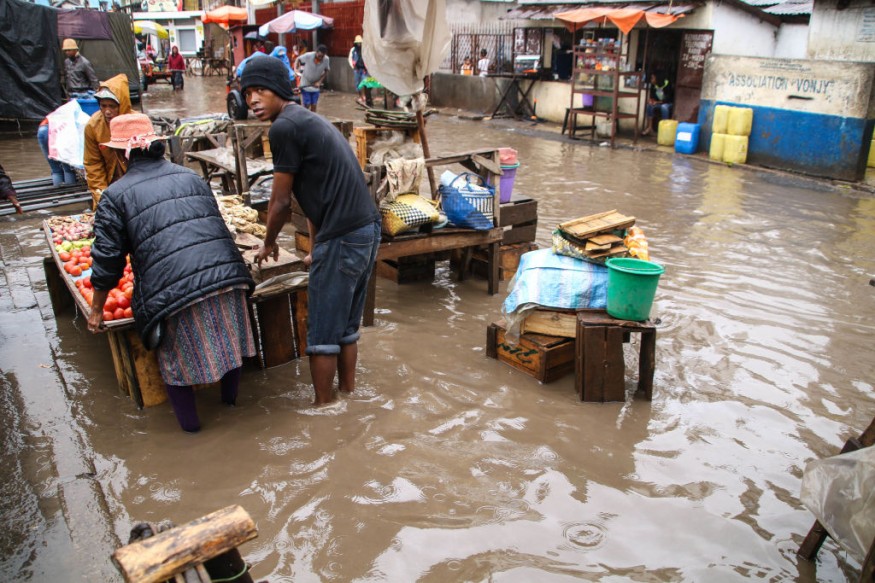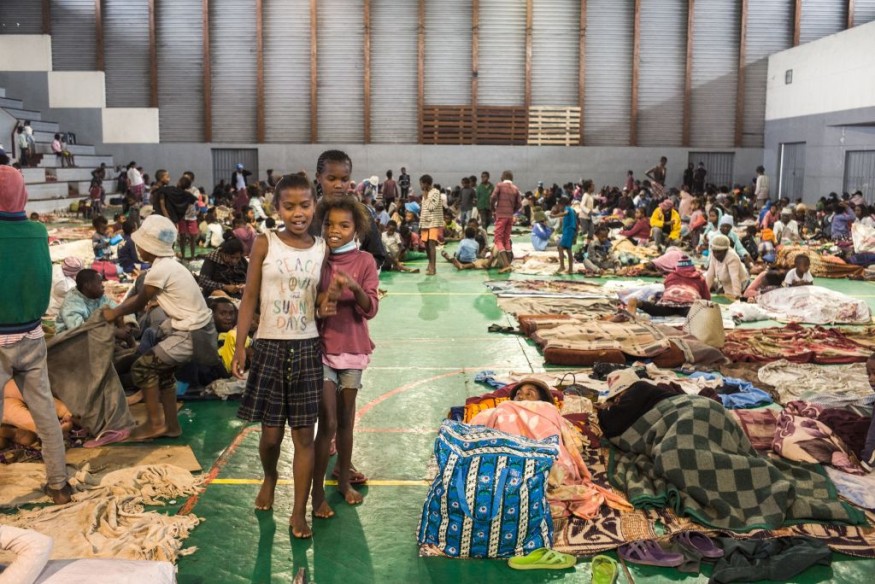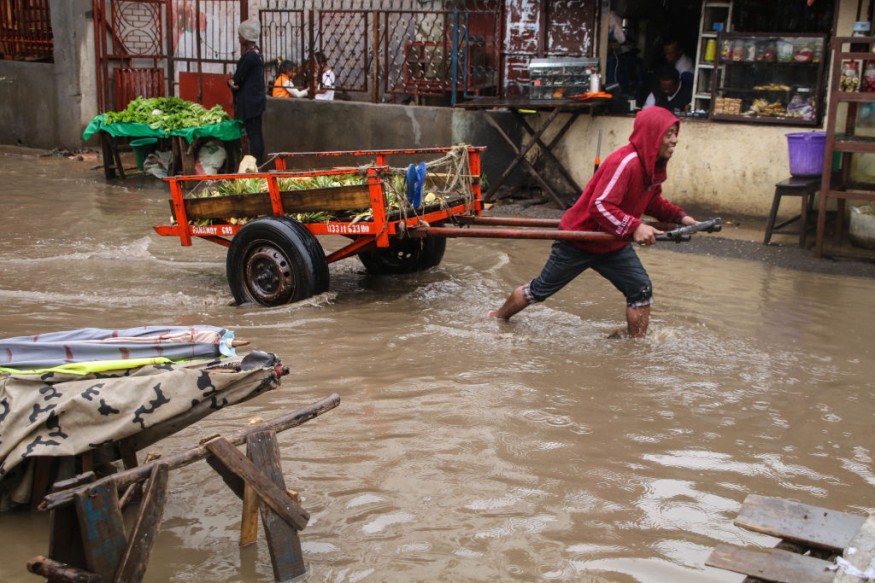At midweek, torrential rains in Madagascar's capital city of Antananarivo prompted devastating floods, submerging streets, flooding houses, and displacing thousands of citizens. The downpour is being blamed on a growing tropical cyclone, according to AccuWeather forecasts.

According to The Associated Press, at least ten people have died due to the flooding, and over 12,000 people have been displaced (AP). At least 2,400 homes in Antananarivo were flooded as a result of severe rains, according to local officials, and low-lying areas of the city are in "deep water."
Affecting Elevated Places
According to the Associated Press, even higher-elevation regions of the city have been affected, with at least six houses collapsing due to the rain.
Officials warn that due to the city's steep terrain, oversaturated earth may give way, increasing the risk of landslides.
"We are urging residents of Antananarivo and the neighboring municipalities to avoid locations at high danger of landslides, such as sites where trees are falling, and buildings are collapsing," said Gen. Elack Andriankaja, director-general of the National Office for Risk and Disaster Management.
Forecasters estimate 2 to 4 inches (50 to 100 mm) of rain has fallen in the northern and central parts of the country since Tuesday.
Growing Higher

The totals in Antananarivo grew considerably higher. In under 48 hours, the city's reporting station recorded 5.88 inches (149 mm) of rain. The city typically receives just under 5.3 inches (135 mm) of precipitation for the whole month of January, indicating the city received more than a month's worth of rain in only two days.
Extreme Weather
According to experts, these soaking storms were fueled by a massive surge of deep, tropical moisture from the Indian Ocean. As unstable weather churns to the east of Madagascar over the southern Indian Ocean, more possibly severe rain might be on the way for inhabitants.
"The disturbance seems to be developing into a tropical depression or moderate tropical storm before making landfall in eastern Madagascar Saturday night or Sunday," said AccuWeather Senior Meteorologist Adam Douty.
The approaching tropical entity's probable direct hit might exacerbate a dangerous scenario for certain inhabitants.
"While there will certainly be devastating winds around the area of landfall with toppled trees, power lines, and possibly building damage," Douty said, "the primary worries should be heavy rain and floods."
The area's already saturated soil won't take much more rain to cause significant flooding concerns.
"While the greatest rain is likely to fall east of Antananarivo, rain is still possible in the city, and the precise track will be key in terms of rain in Antananarivo," Douty added.
Caution

Forecasters caution that depending on how quickly and where the storm develops, the final trajectory of the possible storm may change.
"If the system tracks too far north, rainfall in the city will be lighter as the heaviest rain goes north," Douty explained. "The heaviest rain will be limited to northern Madagascar and the east-central coast in this scenario."
According to Douty, if the storm tracks further south than expected, Antananarivo might be caught in the middle of the storm's severe downpour. A track like this would deliver heavy rain to the whole island of Madagascar, not just the coast.
Stormy weather is anticipated to continue to batter parts of Madagascar till early next week, regardless of the final trajectory.
For similar news, don't forget to follow Nature World News!
© 2026 NatureWorldNews.com All rights reserved. Do not reproduce without permission.





